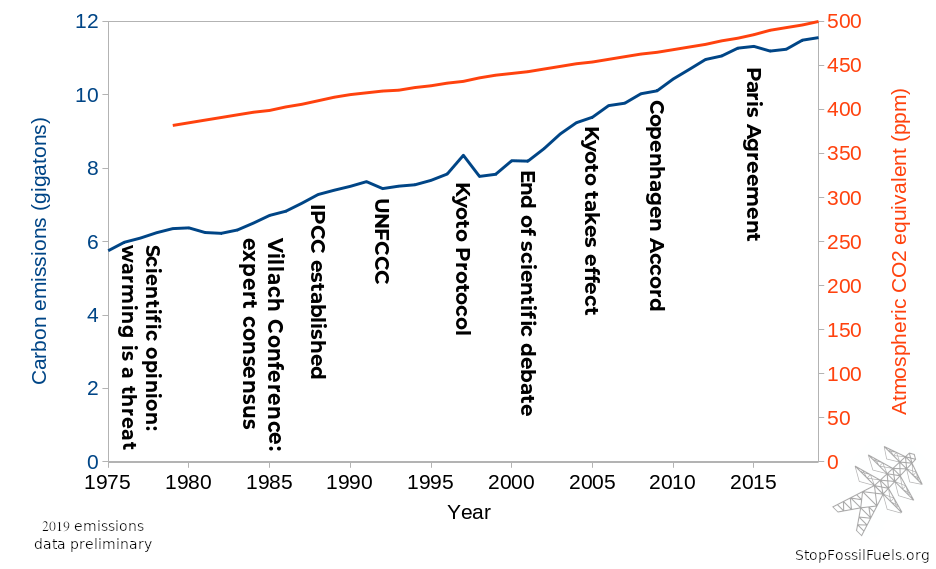

Texas’ emissions from utilities are higher than California’s, even though California has a larger population. Texas’ 5.7 gigatons of carbon per year is 50 percent more than neighboring Louisiana’s emissions, and 150 percent more than third-place California’s. With a concentration of oil refineries along the Gulf Coast, Texas leads the nation in industrial emissions of carbon dioxide. The Vulcan inventory summarizes emissions from different processes. carbon budget was a departure from his previous work, which focused on the role of vegetation as a natural carbon sink. Itemizing the human-generated part of the U.S.

Kevin Gurney of Purdue University led the small team of scientists and computer programmers on the Vulcan Project. Sponsored by NASA and the Department of Energy as part of the North American Carbon Program, the inventory will help advance carbon cycle science and could help the United States as it develops strategies for reducing the carbon dioxide emissions that are driving global warming. In contrast, Gurney and his team tallied up emissions from specific human activities where they actually occur and summarized them by city, county, and state. (Map by Jesse Allen, based on data from the Vulcan Project.) The map shows annual emissions in 2002 (kilotons of carbon) from urban centers (larger red patches), widely scattered point sources like remote power stations or smelters (small red dots), and highways. The Vulcan Project maps American carbon dioxide emissions. But people would distribute them within a country based on population density,” said Gurney. “We had annual estimates at the national level, which you can get from basic UN statistics derived from sales of coal, oil, and natural gas around the world. Prior to the Vulcan Project, most estimates of fossil fuel emissions were based on population density as a stand-in for actual measurements. Title photograph ©2007 Cynthia Pelikan.Known as the Vulcan Project, for the Roman god of fire, the inventory catalogues how much carbon dioxide different human activities produce on an hourly, daily, and monthly basis-from vehicles to industrial activity to electricity used by homes or businesses. In April 2008, atmospheric scientist Kevin Gurney and several colleagues from Purdue, Colorado State University, and Lawrence Berkeley National Laboratory published the first detailed inventory of carbon dioxide emissions from the burning of fossil fuels across the United States. At the time of publication, it represented the best available science. This page contains archived content and is no longer being updated.


 0 kommentar(er)
0 kommentar(er)
